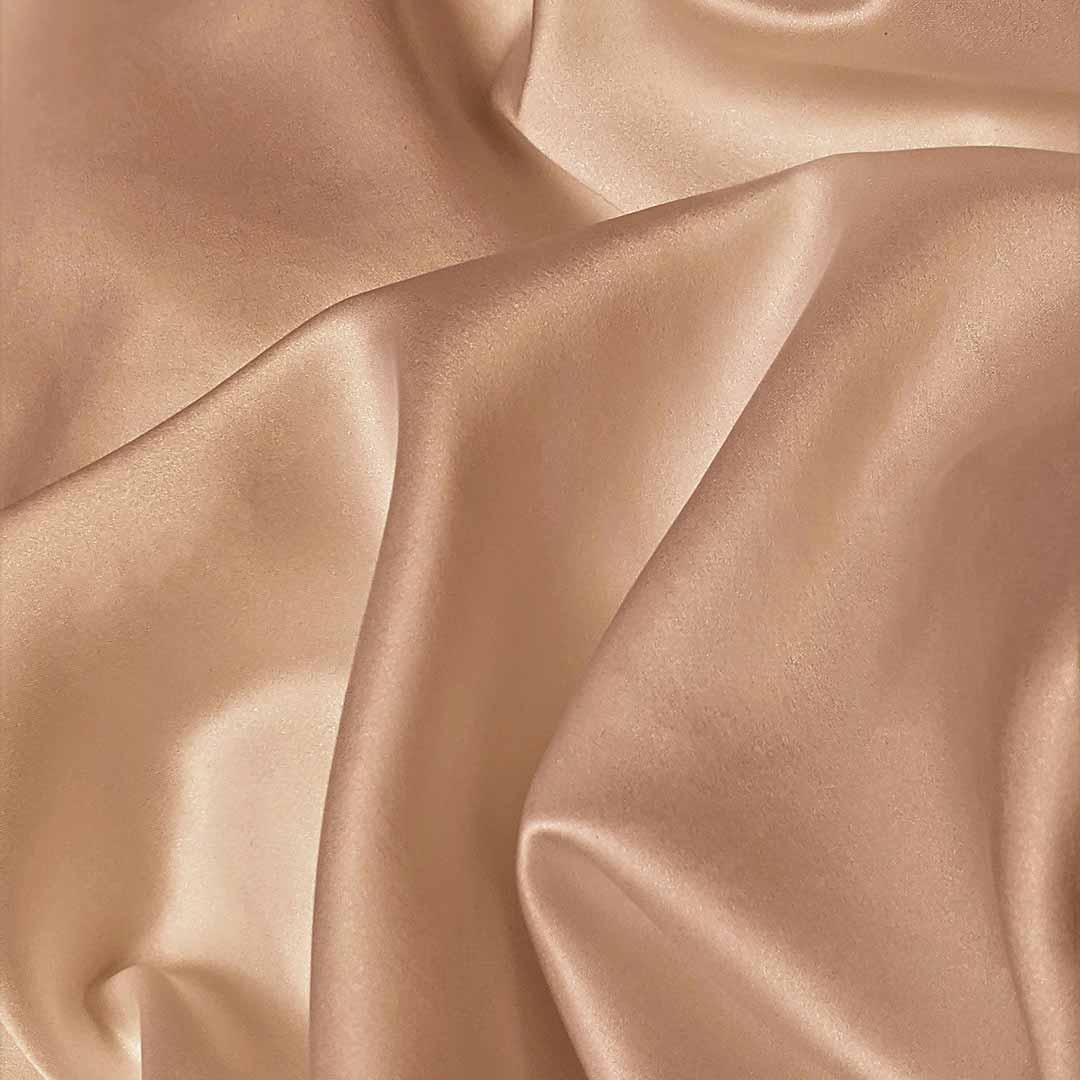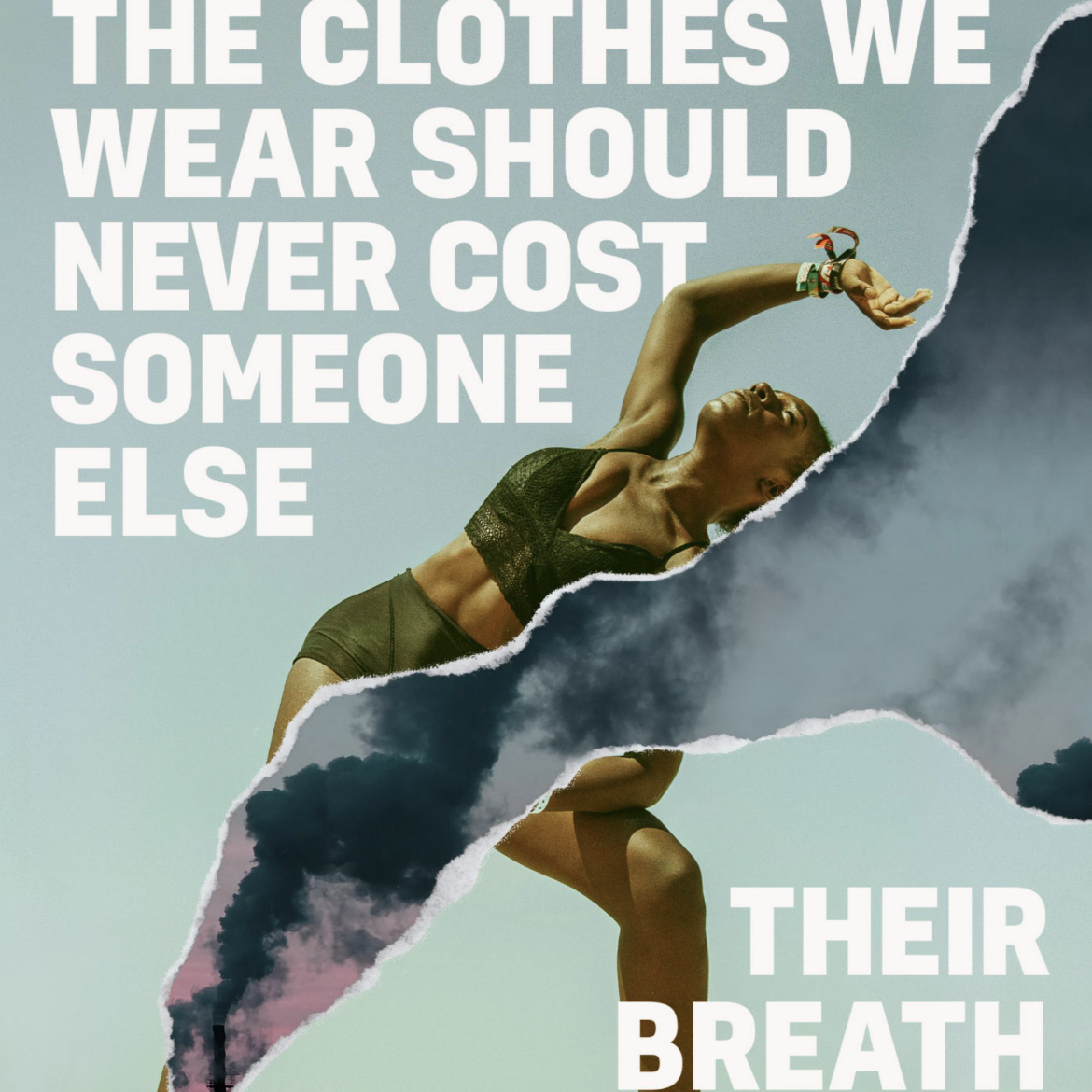Is Ahimsa Silk Truly Ethical? A Deep Dive into Peace Silk’s Promises and Challenges

Silk is often associated with luxury and exclusivity, but beyond its smooth touch and shimmering beauty, there’s an entire world of silk production labelled sustainable and ethical, where nature and culture are blended.
A Closer Look at Ahimsa Silk: Is It Truly Peaceful?
Ahimsa silk, also known as Peace silk, is considered to be produced without harming the silkworms, allowing them to emerge naturally from their cocoons. The term ‘Ahimsa’ meaning non-violence comes from an ancient Indian principle of non-violence which applies to towards all living beings. The process of creating Ahimsa silk was popularised by Kusuma Rajaiah, a 65-year-old government officer from Andhra Pradesh, India. Inspired by Gandhi's principles of non-violence, Rajaiah used his 40 years of experience in silk farming to develop a method of making silk without harming the silkworms.

Image: Pixabay
There are now several types, including Mulberry Ahimsa silk, known for its softness, Eri silk, which has a woolly texture and is commonly produced in India’s Northeast, and Tussar Ahimsa silk, valued for its rich texture and golden hue. Additionally, there is Muga silk, typically from Assam and regarded by many as the most expensive silk in the world. Muga silk is celebrated for its natural golden sheen, which deepens with each wash, giving it a luxurious and unique appearance. Its limited production means Muga silk is rare and highly valued, symbolizing both cultural heritage and luxury.
Is Ahimsa Silk Really Ethical?
Ahimsa silk is generally celebrated for its sustainable and ethical qualities, but when you look beyond the surface, there are some concerns about its true standing.
With Ahimsa silk, the biodiversity of the environment along with the use of humane methods is said to be protected. Muga silk production in particular is largely eco-friendly because it is cultivated organically in Assam's natural forest habitats. The silkworms are reared outdoors in their natural surroundings, which reduces the need for harmful pesticides and chemicals. Additionally, Muga silk garments are incredibly durable, which promotes longevity and reduces the need for frequent replacements—further contributing to its sustainability. However, with all types of Ahimsa silk production, there are concerns about labour practices. It is highly labour-intensive with workers often facing inadequate wages, long hours, and poor working conditions. Artisans rarely receive fair compensation despite the high market value of the silk. A lack of regulation and oversight leaves labourers vulnerable to exploitation, despite the eco-friendly and ethical image these silks project.
From the perspective of being more humane, conventional silk production leads to the death of billions of silkworms, but even in Ahimsa silk, issues persist. After moths emerge from their cocoons, many are killed post-mating. Investigations by Beauty Without Cruelty have found that in some Ahimsa silk facilities, female moths are crushed after laying eggs and inspected for disease, while male moths are refrigerated and reused for mating before being discarded. Surplus caterpillars often starve to death, as not all eggs are needed for the next production cycle. This raises doubts about whether Ahimsa silk is truly a cruelty-free alternative to conventional silk.
Take a look at this video about Muga silk which provides a view of the production process:
The World’s Most Expensive Silk
Ahimsa silk in general is priced at a premium, largely due to the ethical considerations and longer production process. Because it appeals to a niche market of conscious consumers, Ahimsa silk can fetch a high price, ranging from $100 USD to $300 USD for sarees and other clothing. However, it is Muga silk which is considered the world’s most expensive type of Ahimsa silk.
Muga silk’s rarity and its time-consuming production process make it a luxury product, typically reserved in the past for royalty and the very rich. These days, it is used in high-end sarees, traditional attire, and couture designs. A Muga silk saree can cost anywhere from $150 USD to $500 USD or more, depending on the intricacy of the design. It’s highly coveted in Indian weddings and cultural ceremonies due to its lustrous golden sheen and symbolic connection to Assam's heritage.

Image: Map Academy
Unfortunately, these high prices are not passed down to the workers who rarely receive fair compensation despite the high market value of the silk.
Risks to the Industry: What’s at Stake?
Ahimsa silk faces significant challenges due to the higher cost of production and lower yields compared to traditional silk. It can be difficult to scale the industry to meet larger demand without compromising the core values of cruelty-free production and this is why investigations have revealed questionable practices. Additionally, finding skilled artisans to produce Ahimsa silk can be challenging, as the process is more labour-intensive and specialised.
For Muga silk, climate change and environmental degradation pose the greatest risks. The production of Muga silk is heavily dependent on the health of Assam’s natural ecosystem, and changes in weather patterns or deforestation could drastically affect silkworm habitats. Additionally, the industry is relatively small and localised, making it vulnerable to economic shifts and global competition.
Availability in the Fashion Market
Ahimsa silk has found a more global appeal due to its ethical production. It’s frequently used in high-end fashion brands and those claiming to be ethical. Consumers can find Ahimsa silk products in boutiques across Europe, the U.S., and increasingly in online marketplaces that cater to sustainable fashion.
Muga silk is most commonly found in India, particularly in the state of Assam. It’s primarily used in the creation of traditional garments like sarees, but in recent years, designers have been incorporating Muga silk into contemporary fashion collections to appeal to a broader, international market.
While Ahimsa silk provides a more ethical alternative to mass-produced silk by causing less harm to silkworms during production, both methods still face challenges like labour exploitation and high resource use.
If you love the look and feel of silk but wish to find a less controversial alternative, why not consider purchasing only second-hand silk or look for garments made from fabrics like Tencel or recycled sateen? These can offer a similar feel to silk, but with a lower environmental impact and more ethical production practices.
We suggest you to check the following links:
https://bwcindia.org/web/awareness/learnabout/socalledahimsasilk.html
https://www.youtube.com/watch?v=dG9OIjhHz94
https://goodonyou.eco/how-ethical-is-tencel/
We’d love to hear your thoughts on this month’s blog post- would you invest in Ahimsa silk or do you feel the portrayed benefits of Peace silk are nothing more than greenwashing? You can get in touch with us any time on social media or by email.
Follow us on Facebook and Instagram to stay up to date with the latest in eco-friendly, organic and ethical fashion from Vino Supraja.



